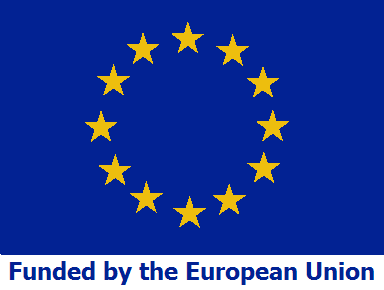
Abstract del progetto
In recent years the European Union has started the process of reshaping its environmental policy by launching the Framework Water Directive and the Air Quality Directive for major pollutants. Special attention is devoted to those pollutants that are persistent in air, water and soil ecosystems with different residence times and have a significant impact on human health and the environment. Mercury is a pollutant of major concern in Europe due primarily to its high toxicity and persistence in the environment. In fact, once released to soil, water and atmospheric ecosystems from a multitude of natural and anthropogenic sources, it can be re-distributed in the environment through a complex combination of chemical, physical and biological processes that can act with different time scales. Therefore, the implementation of these directives requires a continuos progress in our knowledge of all those mechanisms that may effect the cycling of mercury between air, water and soil ecosystems. Past and recent studies carried out in the Mediterranean Sea show that the contribution of the air-sea exchange in the overall mercury cycle between the atmosphere and marine waters can be significant.
Anthropogenic activities presumably increased the surface water marine Hg concentration by a factor three, an increase which resulted amongst others in elevated Hg concentrations in marine fishes. It is currently thought that most of the methylated Hg found in the water column and the biota of the marine waters is generated by in-situ production, though the reaction mechanisms are not yet clearly understood.
Specific objectives of MERCYMS are:
To improve our capabilities in modeling the fate of Hg in the marine environment, specifically to assess the translocation of major Hg compounds from one compartment to the other taking into account the role of major chemical, physical and biological processes.
To assess the qualitative and quantitative relationships between atmospheric input – direct discharges to the sea from land-based point and diffuse sources – the cycle of Hg in the marine environment and its re-emission back to the atmosphere. A clear knowledge of these relative contributions will support the validation phase of the European Directives.
To develop an integrated modeling framework for assessing the magnitude of key parameters describing the cycle of mercury between the Mediterranean Sea and the atmosphere. It will be a merger of an atmospheric modeling system and a water modeling system. This integrated modeling framework will be evolved into a practical working tool for a wide spectrum of users (i.e., EU Commission, fish industry, policy makers, environmental planners) in order to be applied/adopted for different scenarios of environmental policy. The PWT will be based on the concept of the Driver-Pressure-State-Impact-Response (DPSIR) Framework.
To apply this modeling framework for assessing the magnitude of different processes involved in the cycle of mercury and its exchange (net flux) between the surface seawater and the atmosphere under different environmental conditions and socio-economic scenarios. The scenarios that will be considered in this assessment will be derived primarily by the driving principles of the EU Air Quality Directive and EU Water Framework Directives, International Conventions.
IASA – GREECE
NILU – NORWAY
IVL – SWEDEN
UGOT – SWEDEN
IJS – SLOVENIA
TECHNION – ISRAEL
IEIA – POLAND
LCABIE – FRANCE
CNR-IB – ITALY
UOL – SLOVENIA
EUROPEAN COMMISSION
Sergio Cinnirella
Staff CNR IIA
Franco Cofone
Staff CNR IIA
Ian M. Hedgecock
Staff CNR IIA
Maria Orrico
Staff CNR IIA
Francesca Sprovieri
Staff CNR IIA


